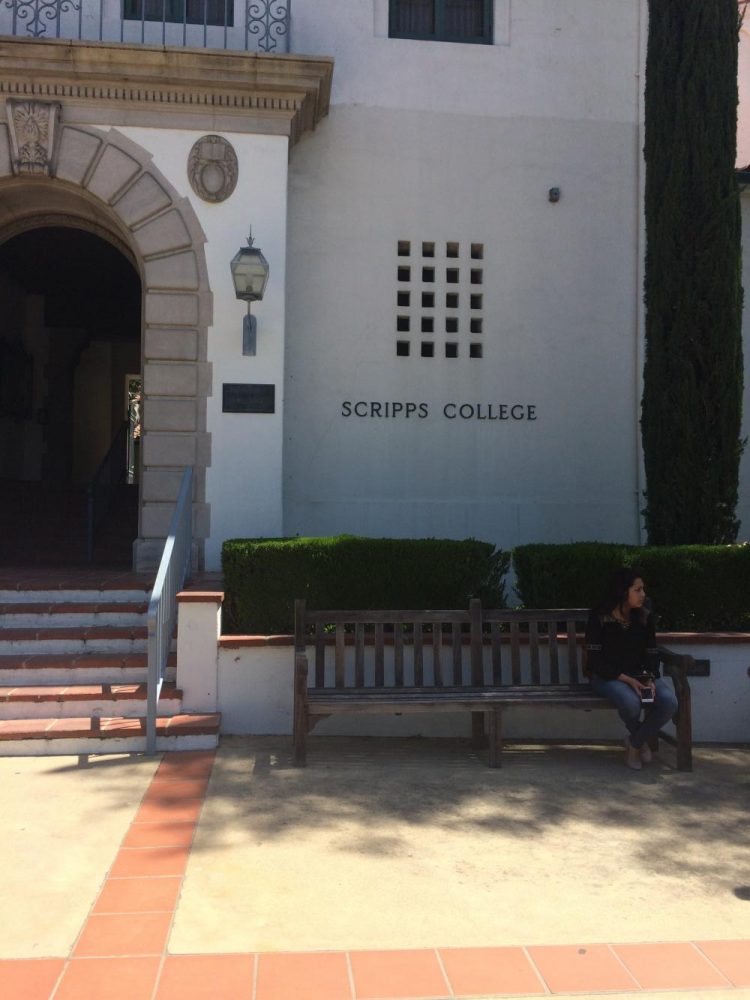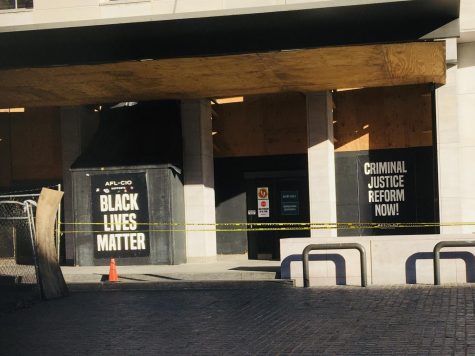Visiting Scripps College
Scripps College is an all women’s college, a part of the Claremont Consortium (The 5Cs or Claremont Colleges), in the small town of Claremont, California. Scripps is a very small liberal arts school with less than 1,000 students enrolled. While most small liberal arts colleges stand alone, Scripps stands out as it is directly surrounded by the four other schools in the consortium: Pomona, Claremont McKenna, Pitzer and Harvey Mudd. Pomona, the furthest college from Scripps, is only a 15 to 20 minute walk away, speaking to exact how close the The 5Cs are.
Each school in the consortium have a niche, and Scripps’ is their pre-med program. If you cannot find what you’re looking for at Scripps, you are able to major at any of the other Claremont Colleges. To continue on that note, Scripps students, or any student at The 5Cs, are allowed to take classes at other colleges and participate in intercollegiate clubs or intramurals. In collegiate sports, Scripps participates in the Southern California Conference in the NCAA Division III along with Claremont McKenna and Harvey Mudd as the CMS Athenas.
With obtaining a degree at Scripps, all students must go through a three semester program called CORE. The CORE curriculum aims to provide a variety of classes through a humanities focused lense. As students go through each semester of CORE, the subjects get more and more specific cumulating to a senior thesis like project.
In my personal opinion, one of the best assets of attending Scripps is the consortium; you are afforded a small liberal arts education, but resources comparable to a large research university. Not only that, but one-on-one time with professors who do not have to worry about graduate students, allows for more intimate relationships and mentorships.
Recently, you may have heard of the Claremont Colleges in the news for its multiple student strikes. On Scripps’ campus, residential advisors (RAs) are on strike for five main concerns including excessive expectations of the position without taking into account that RAs are students and lack of administrative support for students of color. The RAs took to social media to announce their concerns and the demands they had to amend them. Various student organizations on campus expressed their solidarity with the RA strike including student ambassadors, whose campus tours were than limited as a result. While it is hard to measure the current feeling on campus, it is important that schools such as Scripps are having these types of conversations to grow, not only as a school but as a student body.











